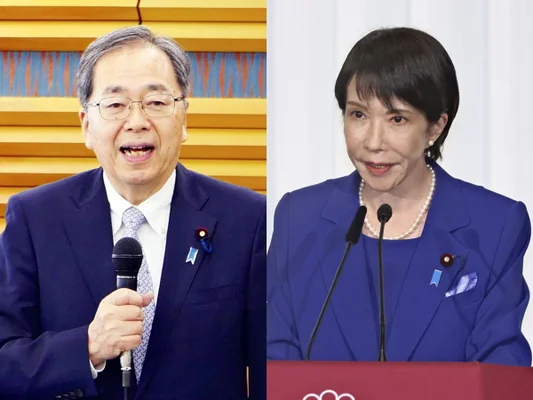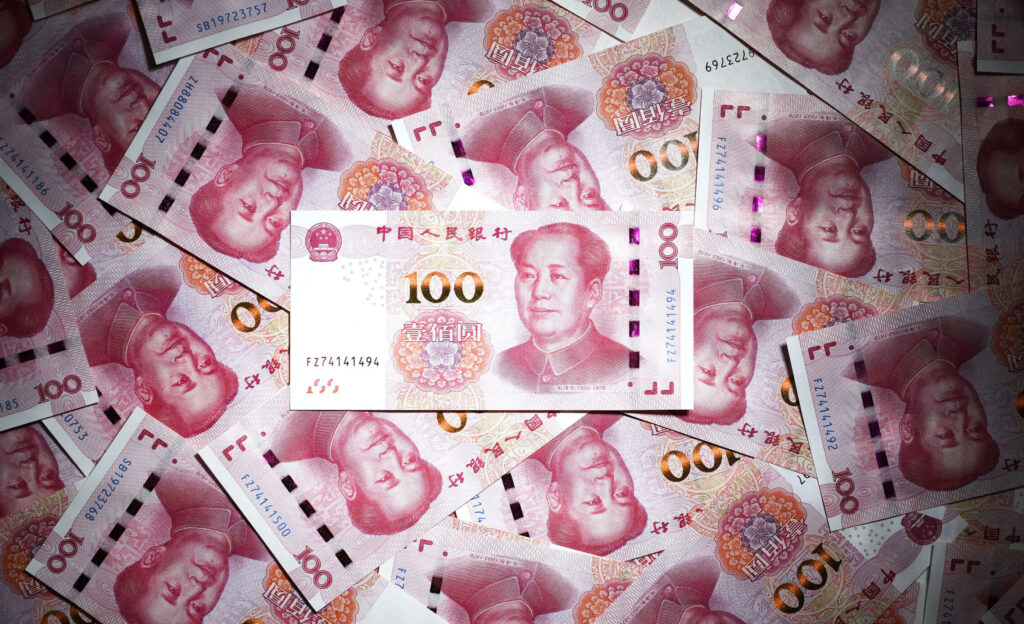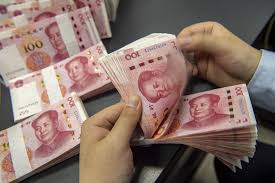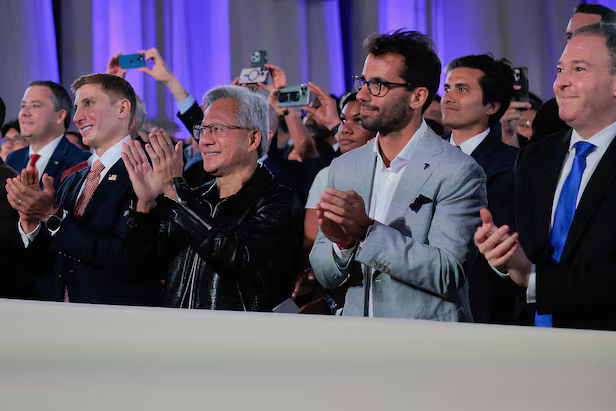A note to the reader: While the dissolution of the Liberal Democratic Party-Komeito coalition government may dilute some of the article’s immediate political context, please read this analysis as a broader commentary from an American perspective.
In the previous installment, we analyzed the two critical decisions made by Sanae Takaichi in her quest for power: the “patronage deal” struck with Taro Aso and the “shelving of the Yasukuni issue.” Now, we pose a fundamental question to you all:
Why do politicians aspiring to become Japan’s Prime Minister advocate with such vigor and strong assertions during the LDP presidential election, only to transform into quiet, moderate pragmatists—almost entirely different people—once they reach the top?
In American politics, we constantly demand a “strong leader” who will see their stated beliefs through to the end.
President Donald Trump is a prime example.

Yet, a structural set of constraints seems to exist in Japanese politics that consistently dampens the leader’s “flame.”
Through the case of Ms. Takaichi, this article examines the “predictable pattern” that awaits Japanese leaders and the cold, hard realities inherent in the pursuit of power.







